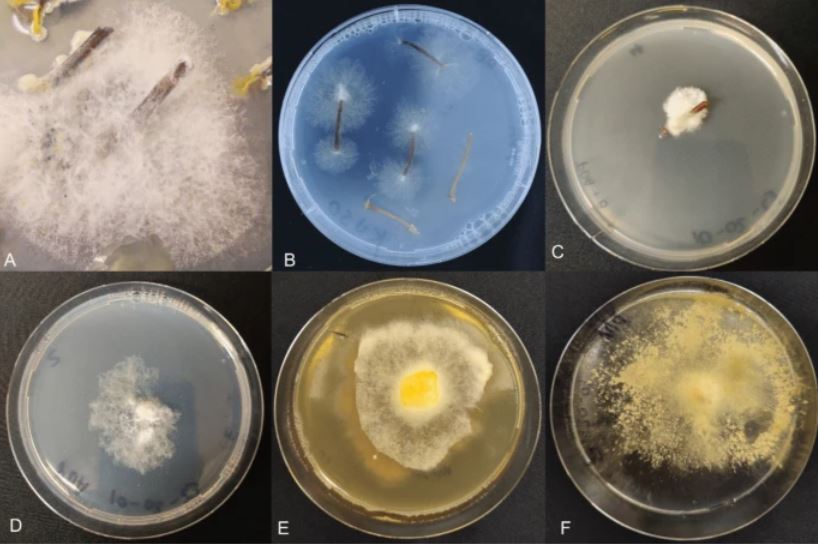Breakthrough in Cassava Disease Research: Scientists Identify Fungus Causing Witches' Broom Disease
Breakthrough in Cassava Disease Research: Scientists Identify Fungus Causing Witches' Broom Disease
Researchers have made a significant discovery about a devastating disease affecting cassava crops in Southeast Asia. The disease, known as Cassava Witches' Broom Disease (CWBD), causes abnormal growth and severely impacts cassava production.
Scientists have identified the cause as a fungus called 𝘊𝘦𝘳𝘢𝘵𝘰𝘣𝘢𝘴𝘪𝘥𝘪𝘶𝘮 𝘵𝘩𝘦𝘰𝘣𝘳𝘰𝘮𝘢𝘦, which is the same species that causes a serious disease in cacao trees. This fungus primarily lives in the water-conducting tissues (xylem) of cassava plants. Interestingly, infected plants show an irregular distribution of the fungus, which explains why some parts of a diseased plant can still produce healthy cuttings.
This discovery is crucial for developing better ways to manage CWBD and protect cassava crops. It also highlights the need for careful plant movement between regions to prevent the spread of this fungus to major cassava-growing areas in Africa and the Americas.

